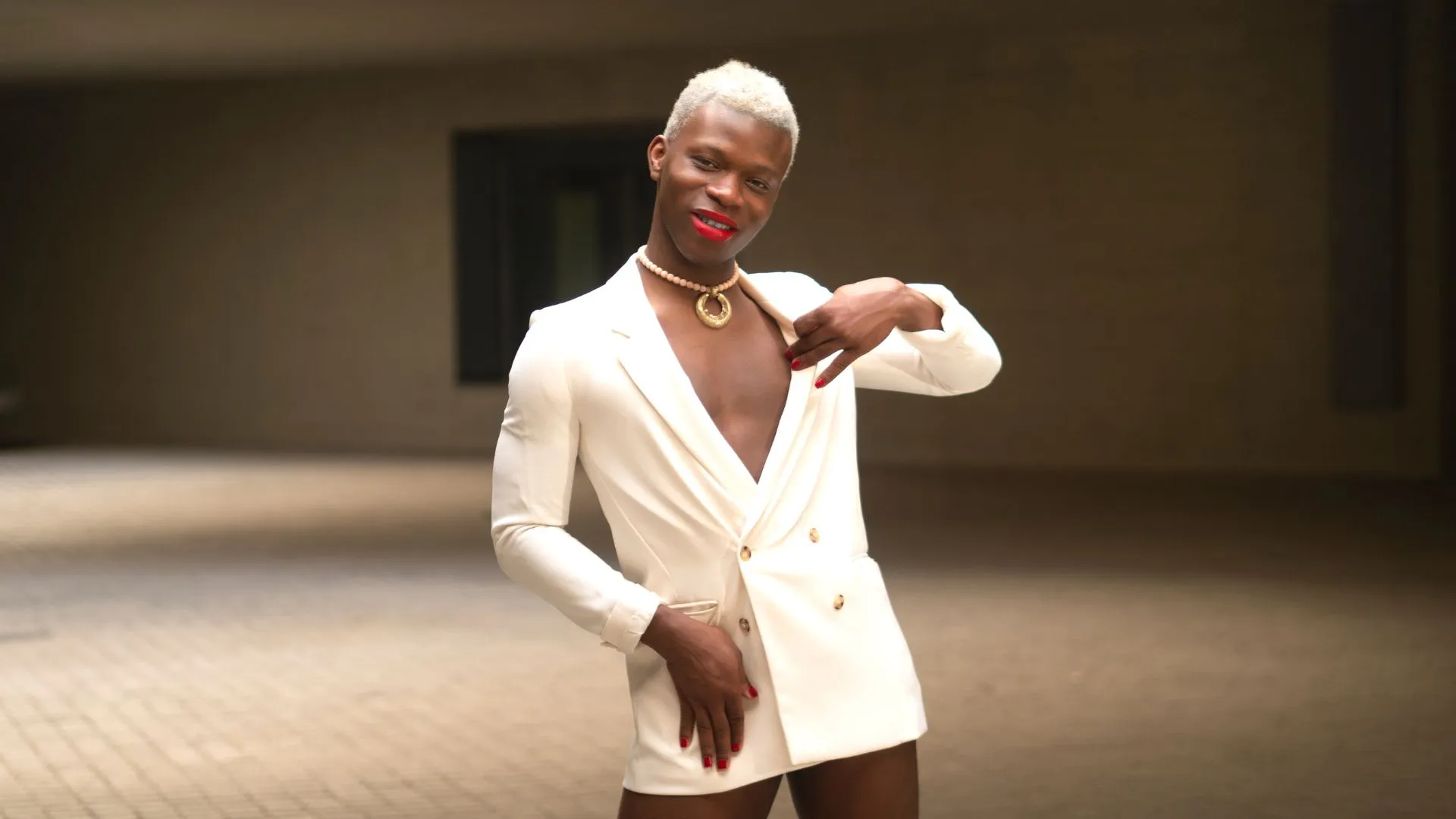What Does Gynoromantic Mean? An Informative Guide To Be Empathetic

Gynoromantic is a term designed to enable non-binary, agender, and transgender people to discuss their attraction to women without linking this interest with their own gender identity. When talking about gynoromantics, we must show them respect by only using she/her or they/them pronouns when speaking of them.
Like other sexual orientation terms, anyone can use gynosexuality regardless of their own gender; however, non-binary individuals often utilize it. This guide covers everything you need to know about what it means to be gynoromantic and how you can show your support.
Gynoromantic definition
Gynoromantic is a term used to refer to someone attracted to femininity and women, whether that person is male, female, non-binary, or any combination thereof. While not the same as being lesbian or gay, being attracted to women does not carry negative connotations, and those identifying as such can choose feminine pronouns such as she/her and she/them when communicating or be omniromantic and be attracted to all genders equally.
Gynomantic people can be drawn to men and women. At times, they might prefer people who are more feminine. People may be attracted to physical attributes or how they act. Gender does not play an essential part in who attracts gynoromantic people. Ultimately, it is up to each individual to decide who they find desirable and how they want to express themselves.
It is important not to assume a gynoromantic friend identifies as lesbian when speaking with them since many do not self-identify as lesbian, and it can be distressing when addressed as such. They might prefer using different terms, such as “gynesexual” or “transgender.”
Gynoromantic people tend to be attracted to women and feminine characteristics regardless of whether the person identifies as female; this could include transgender people who present as female or those who present more femininely; they might even prefer women over non-binary people with feminine characteristics; they could even find attraction in cisgender women as well.
Keep in mind that gynoromantic people can be attracted to all genders. Therefore, it is wise not to make assumptions about the person they may find attractive and to respect their right to decide about their sexual orientation.
If you know a gynoromantic individual, show them you care by treating them with respect and tolerance. By avoiding prejudice and discrimination, you can help them feel more confident in who they are as individuals. If a friend of yours is gynoromantic, ask about their experiences while being supportive; reading up on the orientation beforehand helps avoid burdening them further with questions that may cause unnecessary embarrassment or pressure.
Who are Gynoromantics attracted to?
Gynoromantics may find themselves drawn to anyone who identifies as female or who exhibits feminine characteristics, including physical aesthetics or behaviors associated with femininity (compassion, sensitivity, and nurturing). They may even find themselves drawn to emotional traits traditionally associated with femininity, such as compassion.
Gender nonconforming or transgender individuals might attract someone with this tendency. Although the term gynoromantic may refer to this kind of attraction, not all those who identify as such identify as gay or lesbian – some might even be heterosexual!
As a relatively recent phenomenon in mainstream culture, gynosexuality can be likened to other sexual orientations: not an identity but a preference based on feminine characteristics. A gynoromantic individual can be of any gender identity, attracted to women, men, nonbinary people, or combinations thereof.
The term “gynesexual” was introduced as an inclusive alternative to androphilia, androromance, and womasexuality, providing non-binary or transgender individuals with an easier way of describing their sexual orientation without using words like gay or lesbian to define themselves.
Be a good ally for gynoromantic people by being respectful and using non-derogatory language when discussing their gender or sexual orientation. Treat them like any other individual, and stand up if they’re being bullied or discriminated against.
When dating someone who identifies as gynoromantic, always be sensitive and respect their feelings without labeling them with such terms as “gynoromantic.” And don’t forget to brush up on some dating tips if you’re just getting started. You shouldn’t judge someone based solely on gender or appearance – instead, always ask their permission before sharing information about romantic preferences with anyone else. Gynoromantics tend to be very sensitive individuals who need reassurance from friends that they won’t share anything inappropriate with third parties.
Are Gynoromantics Non-binary?
Gynoromantics are non-binary people who are attracted to femininity. This could involve being attracted to either women, transgender people, or both – distinguishing it from terms such as bisexuality or heterosexuality, which rely on biological gender being the sole determiner of one’s sexual orientation at birth.
As the LGBTQ+ community expands and advances, new terms are being coined to help its members express themselves more accurately than through older, less inclusive words. One such term is gynosexual – an inclusive alternative to androphilia, androromance, or masexuality that describes people attracted to women or femininity.
As an emerging term of sexual orientation terminology, “gynosexual” provides a much-needed voice for those attracted to feminine attributes but unsure whether they identify as male or female. It often appears alongside “asexuality,” referring to people who do not identify with either gender.
The Gynesexual Flag, introduced in 2020, symbolizes one’s attraction to femininity. It features white stripes at the top that represent non-binary or non-cis individuals, pink and green stripes for femininity and attraction to women, respectively, and brown lanes representing stability and support at its base.
Being an effective ally to someone who identifies as gender nonconforming requires treating them with kindness and not making assumptions about who they are. Knowing what pronouns they prefer when speaking of them and using them correctly when referring to them may also prove helpful; some prefer gender-neutral titles like Mx or She/They for these individuals.
Gynoromantics should feel free to choose who they’re attracted to without fear of judgment from society or individuals. Sexual orientation doesn’t determine an individual’s identity or who they are; it is up to each person to decide who or what kind of relationships they want in their lives.
